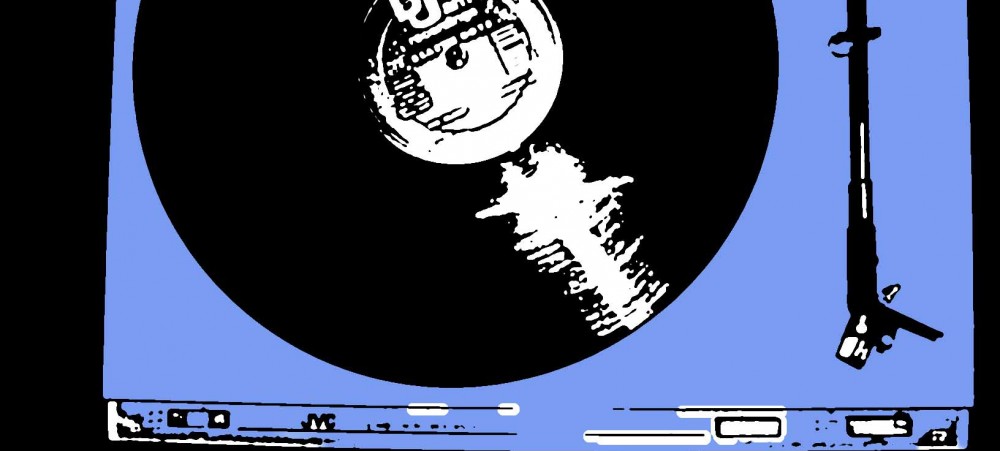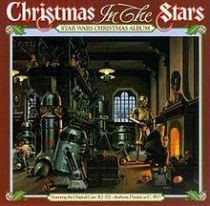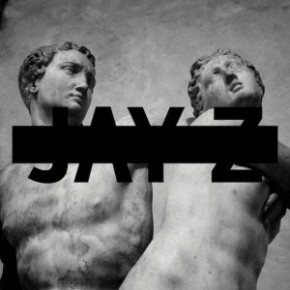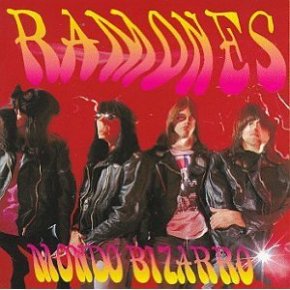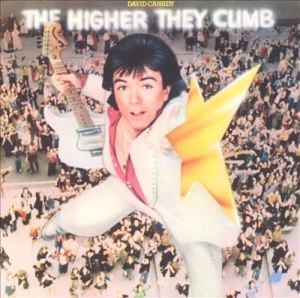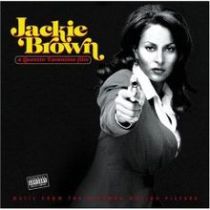Usually the only Christmas-related star sits atop the tinsel adorned tree. However 1980’s Christmas in the Stars saw an unlikely holiday album. There have been more Star Wars crossovers than George Lucas can keep track of, so it shouldn’t be surprising that a Star Wars Christmas album entered the world of entertainment. Some would dub it a jump to hyperspeed, others jumping the shark. However, set your blaster to stun and don’t hastily dismantle this out of this world record. Despite the zany concept, it’s a stellar seasonal treat sure to get even Vader caroling.
Christmas in the Stars follows a loose narrative about droids creating toys, and the primary narrators are beloved robots C-3PO and R2-D2. Anthony Daniels reappears as the voice of our gilded friend. The opening, and titular, track “Christmas in the Stars” sets the tone for the album and introduces the plot. C-3PO rattles off a list of Christmas presents he’s purchased. The sing-songy end rhyme lyrics prance along to a Christmas tune that begins similarly to “Sleigh Ride.” Lyrically it captures the over-official nature of a protocol droid. Continuing this theme, “Bells, Bells, Bells,” finds C-3PO explaining what bells are to R2-D2. Quite naturally, there are references to Einstein and H.G. Wells. Daniels maintains C-3PO’s characteristic, slightly awkward speech pattern. He doesn’t sing so much as speak the words to the song, presumably to stay in character.
“The Odds Against Christmas” finds yet another comical track where C-3PO ponders the odds against Christmas existing. Hilariously, after a quick intro by the droid, a David Cassidy-esque singer breaks into melody. Supported by a 70’s style holiday instrumental, the track evokes a singer-songwriter feel. “What Can You Get a Wookiee for Christmas (When He Already Owns a Comb?)” is arguably where the album blasts off, though the entire project is mind-blowingly awesome. As the title explains, the track explores possible Christmas presents for a Wookiee who has a comb. Apparently, though their hair traditionally appears rather matted and tangled, they appreciate hair care products. Maybe this is analogous to the man who has everything.
While C-3PO and sidekick R2 are clearly not the droids you are looking for, Jon Bon Jovi very well may be. After all, he wishes R2-D2 a very Merry Christmas. That’s right, “R2-D2 We Wish You a Merry Christmas” features a then-unheard of Bon Jovi. Legend has it that his cousin owned the recording studio, and Bon Jovi was sweeping the floors. You’ll be diving for the rewind button. He’s unrecognizable as lead singer. Obi Wan may be able to clear up the transmission, however.
As you can probably guess “Sleigh Ride” is set to the tune of “Sleigh Ride,” however with Star Wars themed lyrics. C-3PO attempts to teach R2 to sing, a difficult feat. C-3PO’s “A Christmas Sighting (‘Twas the Night Before Christmas)” delivers a Star Wars adaptation of the Night Before Christmas. Seriously, this must be converted into a movie. Not only is the concept creative, but the banter between R2 and C-3PO would crack up a Sith lord.
Truthfully, the only fault I can find in Christmas in the Stars is the brevity of the album. A mere 9 tracks, you’ll no doubt yearn for more. Additionally, physical and legal copies are difficult to procure. The few copies bouncing around the internet are fairly expensive, particularly for a blogger/freelance movie reviewer with an English B.A. They do exist however, as well as less legal versions, though I’m not condoning such behavior. Considering the prevalence of Star Wars, and relevance to all generations, this is the quintessential album for the season. And no, it’s not a trap. May the Force be with you…
